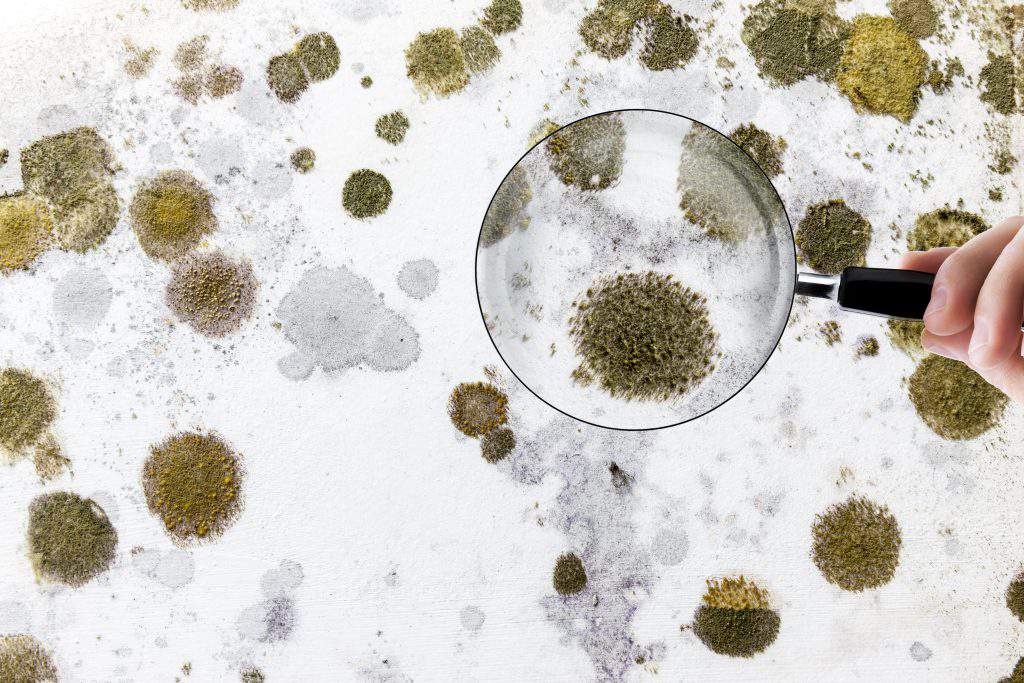Important Steps After Mold Remediation
Important Steps After Mold Remediation
Blog Article
Your Ultimate Overview to Post Mold Remediation Strategies
In the aftermath of mold and mildew problem, recognizing just how to effectively eradicate the mold and prevent its reoccurrence is critical for keeping a healthy indoor environment. From selecting the best cleaning and sanitizing methods to carrying out techniques for lasting mold and mildew prevention, each action in the removal journey plays a vital function in making sure a successful outcome.
Understanding Post-Mold Removal Refine
After completing the mold removal process, it is critical to comprehend the post-mold removal strategies that are required to guarantee a thorough and effective cleaning. When the mold and mildew has actually been gotten rid of, the following action includes cleansing and sanitizing the impacted areas to stop any kind of regrowth of mold. This consists of using specialized cleaning agents to wipe down surface areas and eliminate any type of staying mold spores. It is necessary to dry out the location totally to inhibit the growth of mold in the future (After mold remediation). Appropriate ventilation and dehumidification can help in this process.
In addition, conducting a last assessment post-remediation is important to make certain that all mold has been effectively eliminated. If the evaluation discloses any type of lingering mold and mildew, added removal might be needed.
Reliable Cleansing and Disinfecting Techniques

Stopping Future Mold Development

Significance of Appropriate Ventilation
Correct air flow plays a critical duty in avoiding moisture build-up, an essential element in mold and mildew development within indoor environments. Reliable air flow systems assist get rid of excess moisture from the air, decreasing the chances of mold and mildew spores locating the moisture they need to spread and germinate. Without sufficient ventilation, interior rooms can end up being a reproduction ground for mold, leading to prospective wellness risks and architectural damages.
By guaranteeing correct air circulation, ventilation systems can likewise aid in drying out moist locations faster after water damage or flooding occurrences, further discouraging mold mold removal device and mildew development. what to do after mold remediation. In areas like washrooms, basements, attics, and cooking areas where wetness levels have a tendency to be higher, mounting and preserving effective air flow systems is critical in stopping mold and mildew infestations

Monitoring and Maintenance Tips
Offered the critical role that appropriate air flow plays in preventing mold development, it is critical to establish efficient tracking and maintenance pointers to ensure the continued capability of air flow systems. Routine inspections of ventilation systems must be performed to look for any kind of signs of blockages, leaks, or malfunctions that can hinder correct air movement. Monitoring humidity degrees within the residential or commercial property is additionally important, as high moisture can add to mold development. Mounting a hygrometer can help track moisture degrees and alert homeowners to any kind of spikes that may call for interest. Furthermore, guaranteeing that air filters are routinely cleaned or changed is important for keeping the effectiveness of the ventilation system. Implementing a routine for routine maintenance tasks, such as air duct cleaning and heating and cooling system inspections, can aid stop issues prior to they intensify. By staying aggressive and conscientious to the problem of air flow systems, residential or commercial property owners can properly minimize the danger of mold regrowth and maintain a healthy and balanced indoor environment.
Final Thought
To conclude, post-mold removal strategies are necessary for making sure a tidy and risk-free environment. Understanding the procedure, executing efficient cleaning and sanitizing techniques, avoiding future mold growth, preserving appropriate ventilation, and routine tracking are all critical action in the removal procedure. By adhering to these standards, you can effectively get rid of mold and avoid its return, advertising a healthy living or working space for all occupants.
In the consequences of mold problem, recognizing how to properly eradicate the mold and mildew and prevent its reoccurrence is critical for keeping a healthy and balanced interior setting. Once the mold has been removed, the following step entails cleaning and sanitizing the affected locations to protect against any type of regrowth of mold - Post Remediation verification. After getting rid of visible sites mold growth, it is important to clean up all surfaces in the afflicted area to remove any type of remaining mold and mildew spores. To additionally enhance mold and mildew avoidance procedures, it is vital to resolve underlying concerns that originally led to mold and mildew growth.Offered the important role that correct ventilation plays in avoiding mold growth, it is imperative to establish effective tracking and maintenance pointers to guarantee the ongoing functionality of ventilation systems
Report this page